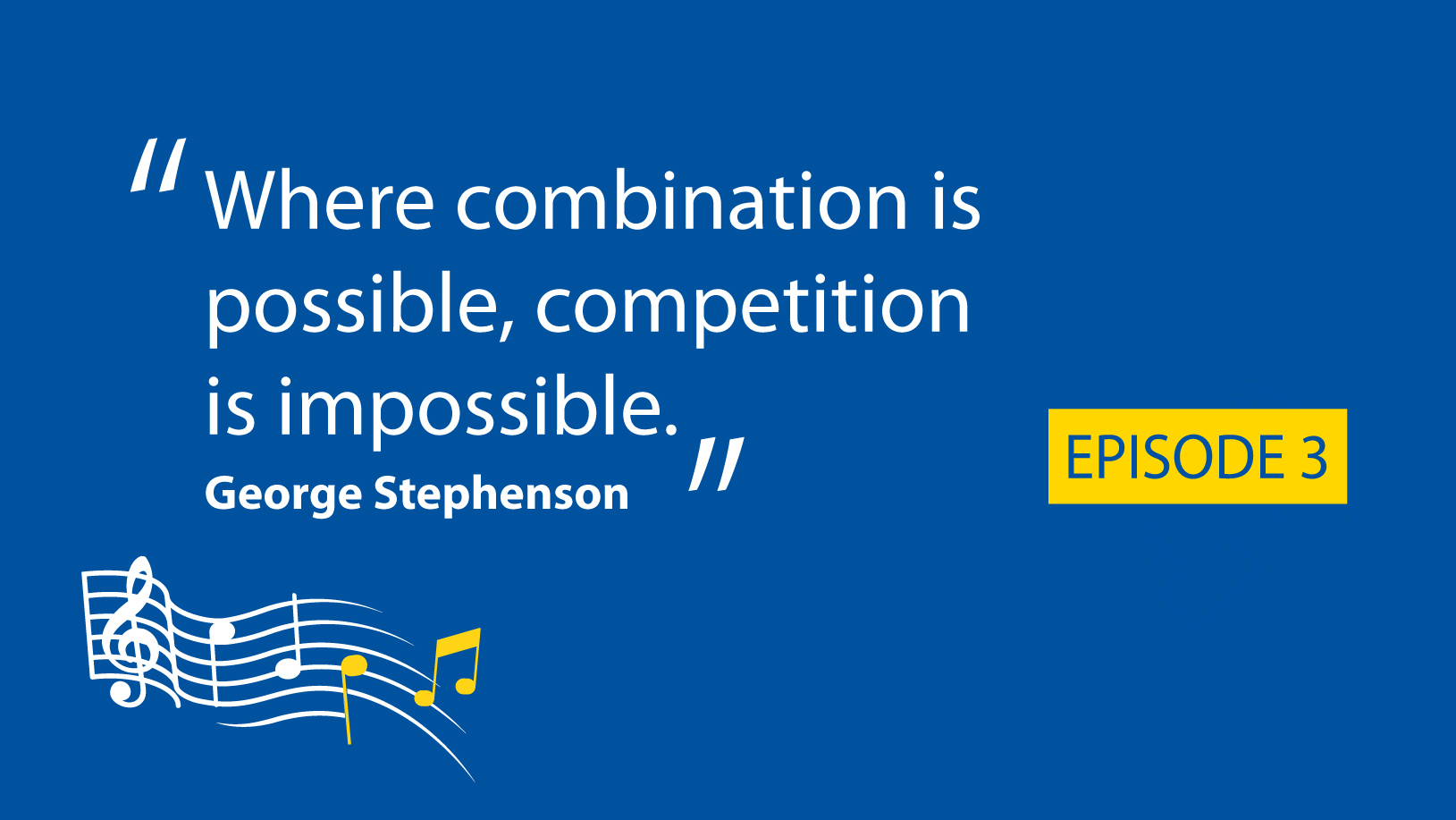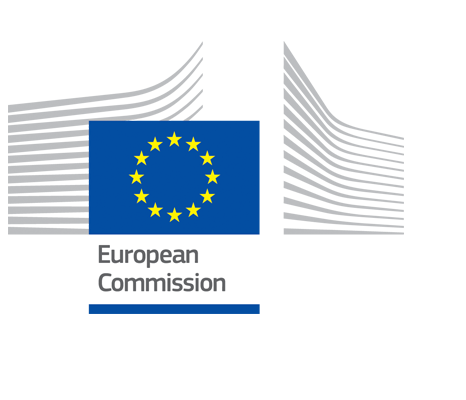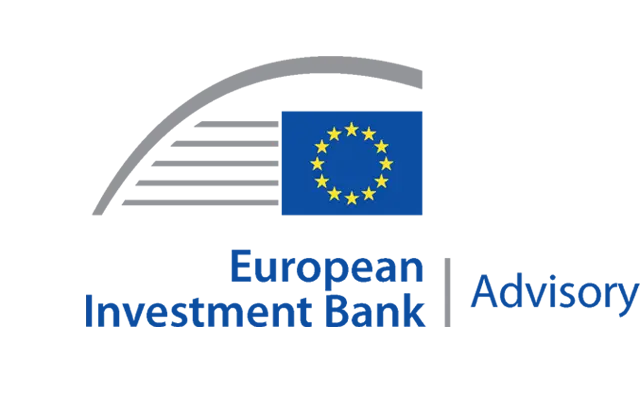Combination

A discussion with Olivier Dumoulin, Policy Officer of the European Commission’s DG REGIO (Directorate-General for Regional and Urban Policy), hosted by Anna Zurek from the fi-compass team at EIB.
Welcome to Calling the tune, a new fi-compass podcast series on financial instruments under the new Common Provisions Regulation. My name is Anna Zurek, from the fi-compass team at the European Investment Bank. “Where combination is possible, competition is impossible” This quote is attributed to the railway pioneer George Stephenson but it could equally be applied to the use of financial instruments and grants under shared management funds. The combination of these two forms of support in the new CPR is the topic of this episode.
I am joined today by my EIB colleague Olivier Dumoulin, who has been seconded to DG REGIO for the last two years. Today we will discuss the potential to combine grants with financial instruments under the new CPR.
Olivier, welcome.
Thank you Anna, I am very pleased to be here.
We have discussed previously in this series how the new CPR has provided a simplified framework for financial instruments. At the same time, the new regulatory framework has introduced some significant new flexibilities, for instance, for the combination of financial instruments and grants. Olivier, what are the headline changes for combination that have been introduced?
Indeed, the new rules on the combination of financial instruments and grants in one operation contained in the new CPR constitute a major change, as compared to the 2014-20 period. As you may know, whilst such combination was already possible in some limited cases, the new CPR allows for the combination of a much wider typology of grants – including investment grants or capital rebates for instance. Provided the conditions of the CPR are fulfilled, financial instruments rules will apply to the entire combination in one operation and this will significantly facilitate the implementation.
So, whilst combination in a single operation was possible before, the new regulations allow for a much wider range of support. And now, going back to the quote mentioned earlier, “Where combination is possible, competition is impossible“, Olivier do you think this is the case for financial instruments and grants? Why should managing authorities consider combining the two forms of support?
The risk of competition between grants and financial instruments that you underline, should be basically reduced thanks to the new requirements of the CPR to identify and justify all forms of support – this includes grants as well – and to analyse their complementarity already at programme level in this new period. The needs and the characteristics of the combination would then be analysed more in details in the ex-ante assessment. To be combined in one operation, the grant shall be linked and necessary to the financial instrument. So you can see that combination may help reduce the risk of competition indeed, by using grant only when and as much as needed. But combinations are also and maybe primarily meant to enhance the impact of financial instruments and the delivery of the policy objectives. New combination options should indeed increase managing authorities’ capacity to address specific market failures, but also to provide incentives to final recipients to undertake investments and to attract private financing to cohesion policy.
How do you expect these flexibilities to be used by managing authorities in the new programming period?
New combination options offer a great toolkit to design tailored financing solutions to deliver programme objectives, by supporting viable investment projects, which do not find adequate financing on the market. Loans may, for instance, be combined with capital rebates or guarantee instruments may be combined with investment grants. Combinations also offer the possibility to provide a comprehensive package including extensive technical support, in order to stimulate investment project pipeline. Moreover, within combinations, grant intensities may be modulated according to the needs and characteristics of the individual projects or final recipients.
So, indeed plenty of flexibility for managing authorities! And, do you have any sectors in mind where the new flexibilities for combination might be particularly helpful?
Yes. Well, we think that these new rules may help solve a series of issues that can be observed across a variety of sectors for instance in terms of immature projects, in terms of viability or profitability gaps, high-risk perception by market financiers or exclusion of some specific categories of final recipients. Sectors such as energy efficiency, renewable energy, research and innovation, urban development or social economy may make a great use of these possibilities.
So, plenty of areas, this sounds great, thank you! Now, I am interested in how a financial intermediary would manage a combined operation – I guess they will need to adapt to administering grants as well as loan or equity investments, correct?
A very important question. The new CPR sets a number of conditions to combinations in one operation. One of them is that indeed both forms of support – the grant and the financial product – shall be provided by the body implementing the financial instrument, and the latter can be either a financial intermediary or a holding fund. So, we indeed expect financial intermediaries which will be selected to implement the combinations, to provide both forms of support and they would receive management costs and fees for that. But in the meantime, in some specific case, one may imagine schemes, where the financial intermediary would provide only the financial product, and a holding fund would manage the grant. There will be in any case one single funding agreement which will be signed, and which will cover both elements – the grant and the financial product. The financial intermediary, or the holding fund will be required to maintain separate records for both forms of support and, very importantly, the financial instruments rules will apply to the reporting and the audit for the entire combination.
Olivier, thank you very much for this clear explanation of the conditions, very helpful. And, what are the key considerations for managing authorities when designing a combination instrument under the new CPR? I think the grant must be less than 50% of the total operation for example?
Well, to start, the managing authorities need to demonstrate that this combination addresses market failures and that the grant is directly linked and necessary to the financial instruments, which in practice means that the impact of the financial instrument will be improved by the grant element, in terms, for instance, of the volume of investments that will be financed or the policy objectives that will be attained. But as you say, the new CPR specifically requires that within combination in one operation, the support in the form of grants does not exceed the amount of investments that will be supported by the financial product. So sectors where mostly grants for most of the projects are needed are not suited for combinations. But what is very important is that, this condition of having not more grants than investments supported by the financial product, should be verified at the level of the financial instrument, and not at the level of the individual project. This leaves some flexibility to give more grants to some specific projects which need this higher shelf grants because for instance there is a higher viability gap or there is a higher policy impact which is pursued. This is very important for instance for the technical support grants, which may not be in all cases followed by a financing or for combinations where a subset of the targeted projects, or the targeted final recipient need more grant support. This is, for instance the case of the low-income tenants in the residential housing retrofit investment operations.
And, can you tell us a bit more about how do the co-financing rules work and what are the requirements for management costs and fees?
In these two questions, the financial instruments rules will apply, so the co-financing, like in the normal financial instruments will be possibly provided through the programme contribution or at the financial instrument level. If it is provided at the final recipient level, it will need to come from external resources. The co-financing in this case will not be provided by the final recipient's own resources. In terms of management costs and fees, as I said before, the total amount of costs paid to financial intermediaries will be calculated on the sum of the grant and financial instrument, which means in practice that financial intermediaries will be remunerated for managing the grant.
Thank you, Olivier, very insightful. Finally, what resources are available for our listeners who want find out more about the potential to implement combination financial instruments?
fi-compass has recently published notes from the Knowledge Hub workshops which have been conducted last year with experts from the Commission, managing authorities and the EIB on this specific subject of combinations in the sectors of energy efficiency and research and innovation. So these notes are already available on the fi-compass website. A more detailed fi-compass brochure on combination is currently being finalised and it will provide managing authorities and implementing bodies with detailed explanation on the new rules as well as a number of illustrative examples.
Indeed, and once this fi-compass brochure is published on the fi-compass website, we will also link to the brochure in the description of this podcast episode. And in case of any additional questions regarding combination, should the listeners from managing authorities contact their geographical units at DG REGIO?
Yes, indeed, DG REGIO geographic units are the natural interlocutor to provide answers and explanations on this subject any time.
Very helpful. Thank you, Olivier, for taking part in this discussion today.
Thank you very much, Anna. I hope this podcast will help spread out the word about these new opportunities offered by combination in the new programming period.





